Technologies
Here are some of the technologies we have mastered
Our range of technologies
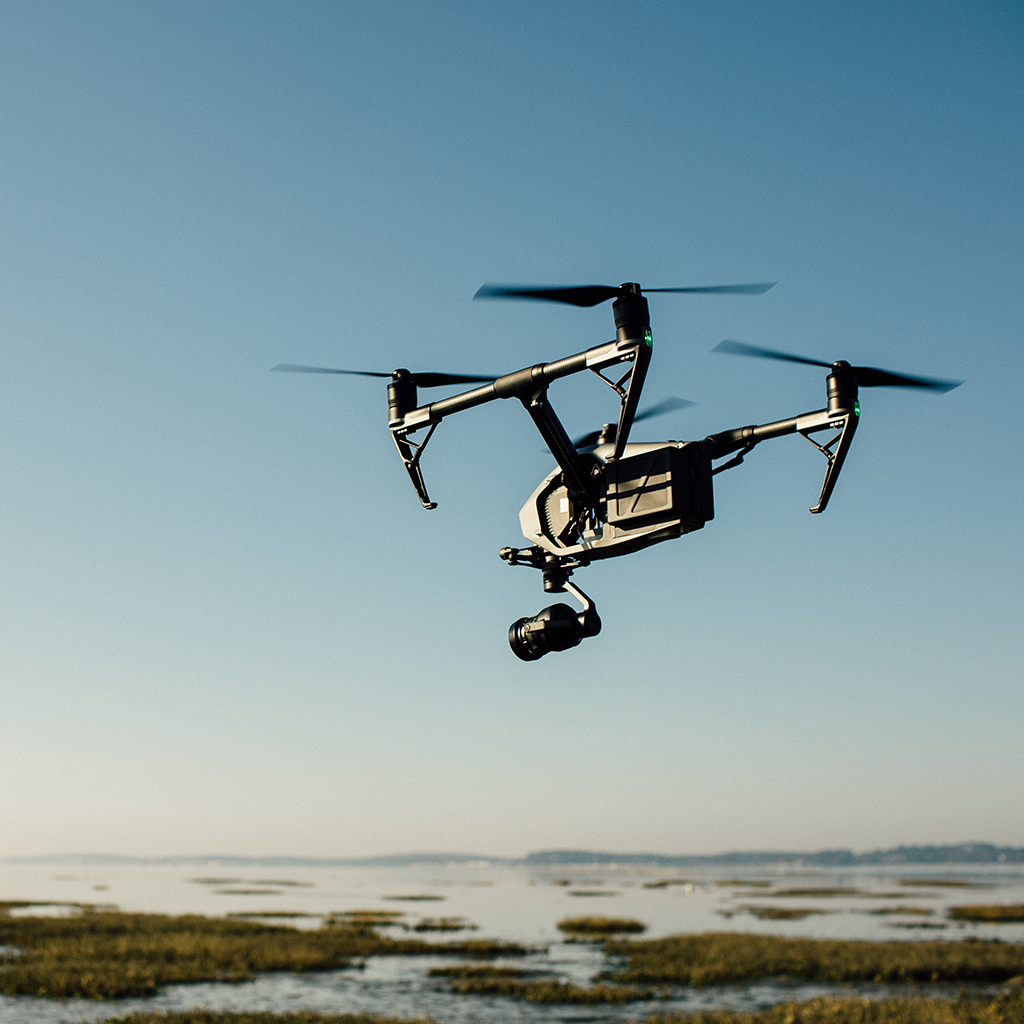
Drones & Anti-Drones
Service d'Expertise Drones & Anti-Drones : Your Innovative Partner
Discover the world of the future with our cutting-edge expertise in drones and anti-drone solutions. Whatever your industry or passion, our team has the skills to meet your specific needs.
Drones & Anti-Drones: Master the skies with our advanced technologies:
- C-UAS: Protect your spaces from unwanted drones with our sophisticated anti-drone systems.
- Indoor & Outdoor drones: Whether indoors or outdoors, we have the perfect drone for every mission.
- Wired & immersive drones: Enjoy continuous power or an unrivalled immersive flying experience.
- Semi-autonomous drones: For greater efficiency with minimal control.
- Drone in the box: Deploy quickly with drones ready for action right out of the box

IP telephony
IP telephony (or VoIP for Voice over IP) is a telephony mode using the telecommunications protocol created for the Internet (IP for Internet Protocol). Voice is digitized and then routed in packets like any other data.
Why migrate to an IP telephony solution? Increased Internet speeds and savings on telecom bills are generating a lot of interest among businesses.
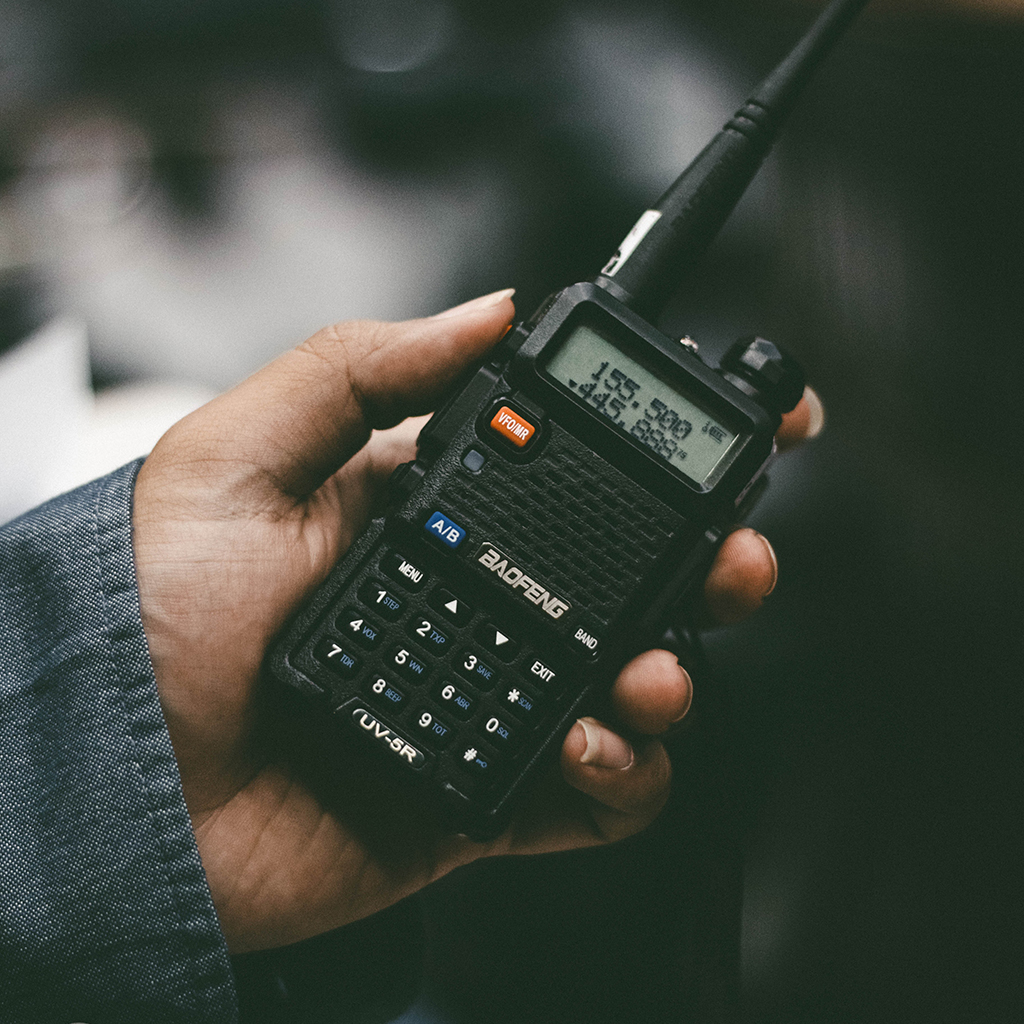
Radio communication
Radio communications, used in radio and television broadcasting, cell phones, two-way radios, wireless networks and satellite communications.
Among many other uses, radio waves are used to transport information through space from a transmitter to a receiver, by modulating the radio signal (printing an information signal on the radio wave by varying certain aspects of the wave) in the transmitter.
In radar, used to locate and track objects such as aircraft, ships, spacecraft and missiles, a beam of radio waves emitted by a radar transmitter is reflected off the target object, and the reflected waves reveal the object's location.
In radio navigation systems such as GPS and VOR , a mobile receiver accepts radio signals from navigation radio beacons whose position is known, and by precisely measuring the time of arrival of the radio waves, the receiver can calculate its position on Earth.
In wireless radio remote control devices such as drones, garage door openers and keyless entry systems, radio signals transmitted from a controller device control the actions of a remote device.
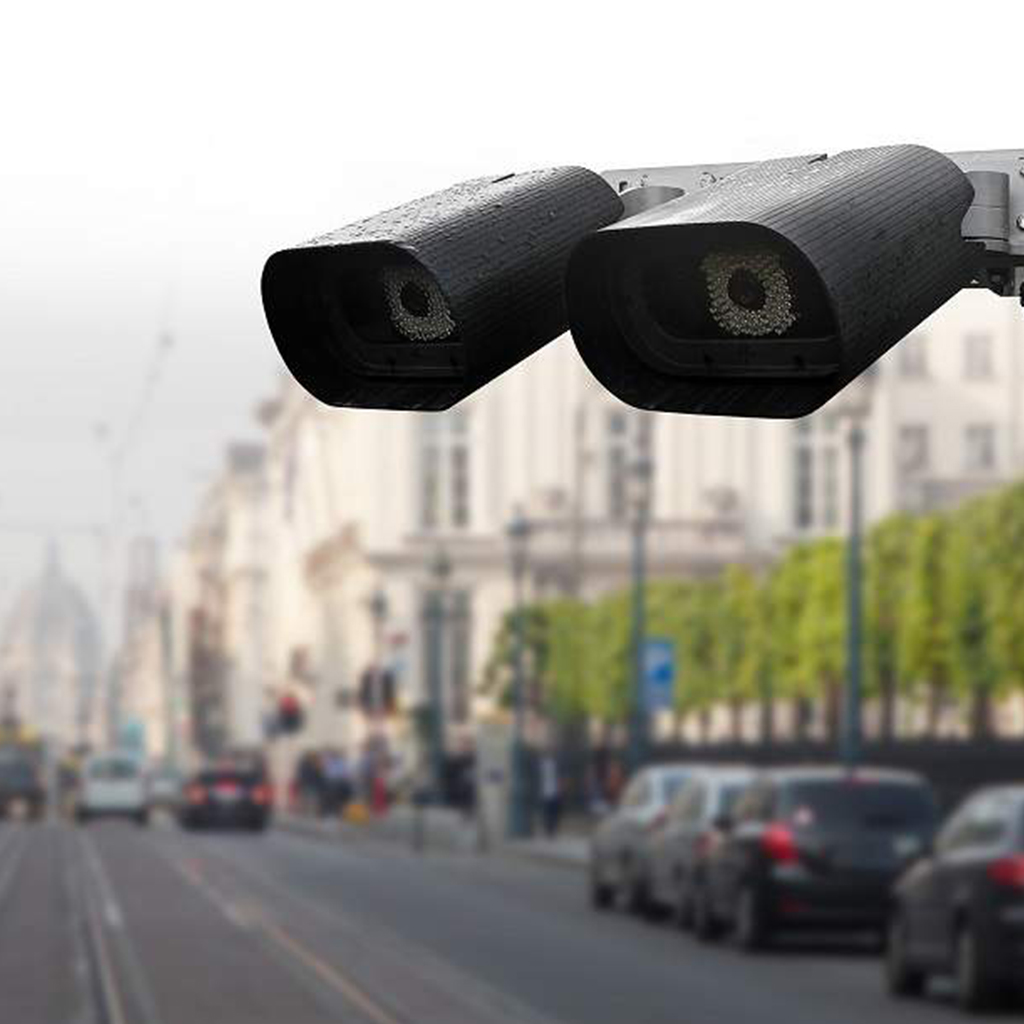
ANPR camera
ANPR stands for Automatic Number Plate Recognition, and these cameras are used to scan the license plates of vehicles entering a Low Emission Zone (LEZ), but they are also used to identify traffic violations or even to track down criminals.
The system then compares these scanned license plates with data already available (stolen or reported vehicles, whether or not they are allowed to circulate in certain zones, etc.).
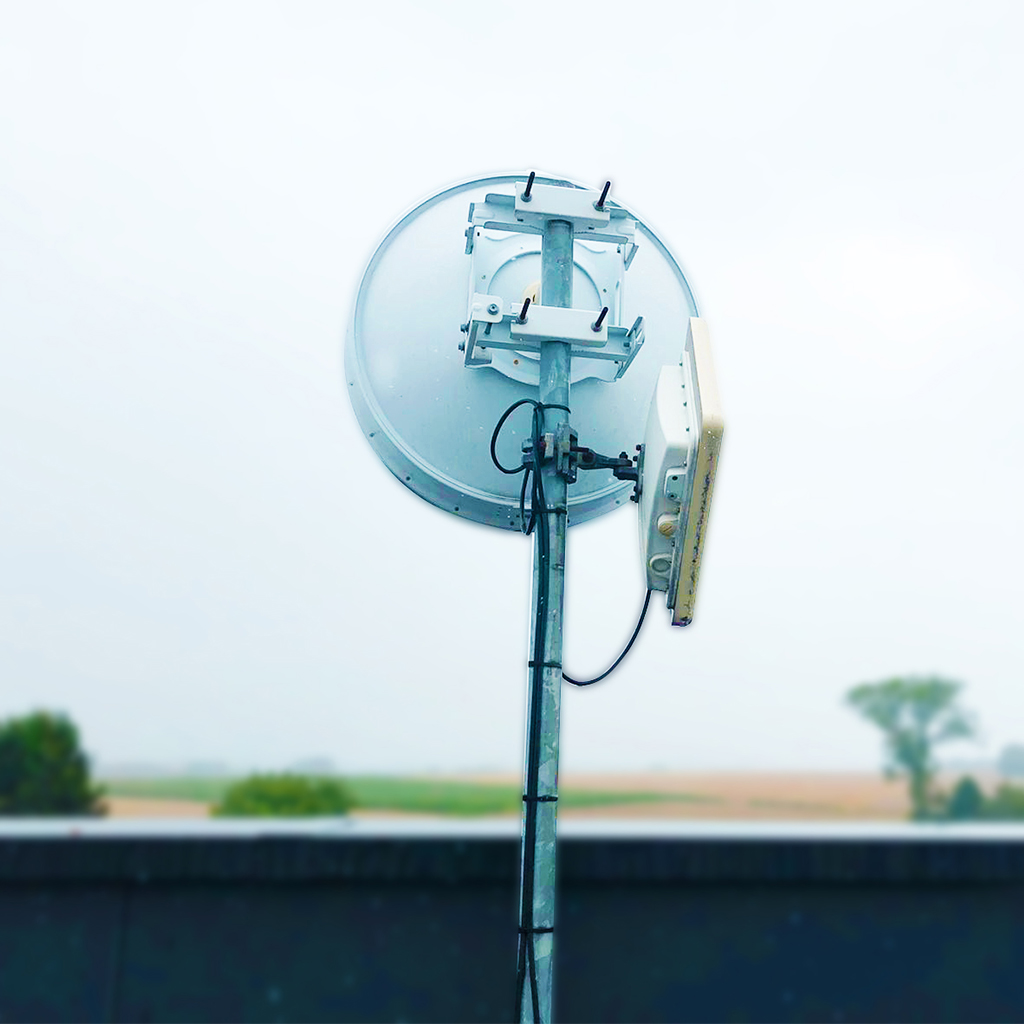
Telecommunications
Today, telecommunications is defined as the transmission of information at a distance by electronic means. This term is more widely used than the official synonym "electronic communication". It thus differs from the postal service, which transmits information or objects in physical form.
This article is an introduction to the world of telecommunications, giving the main definitions. Links to detailed articles enable you to discover all aspects of this technical field.
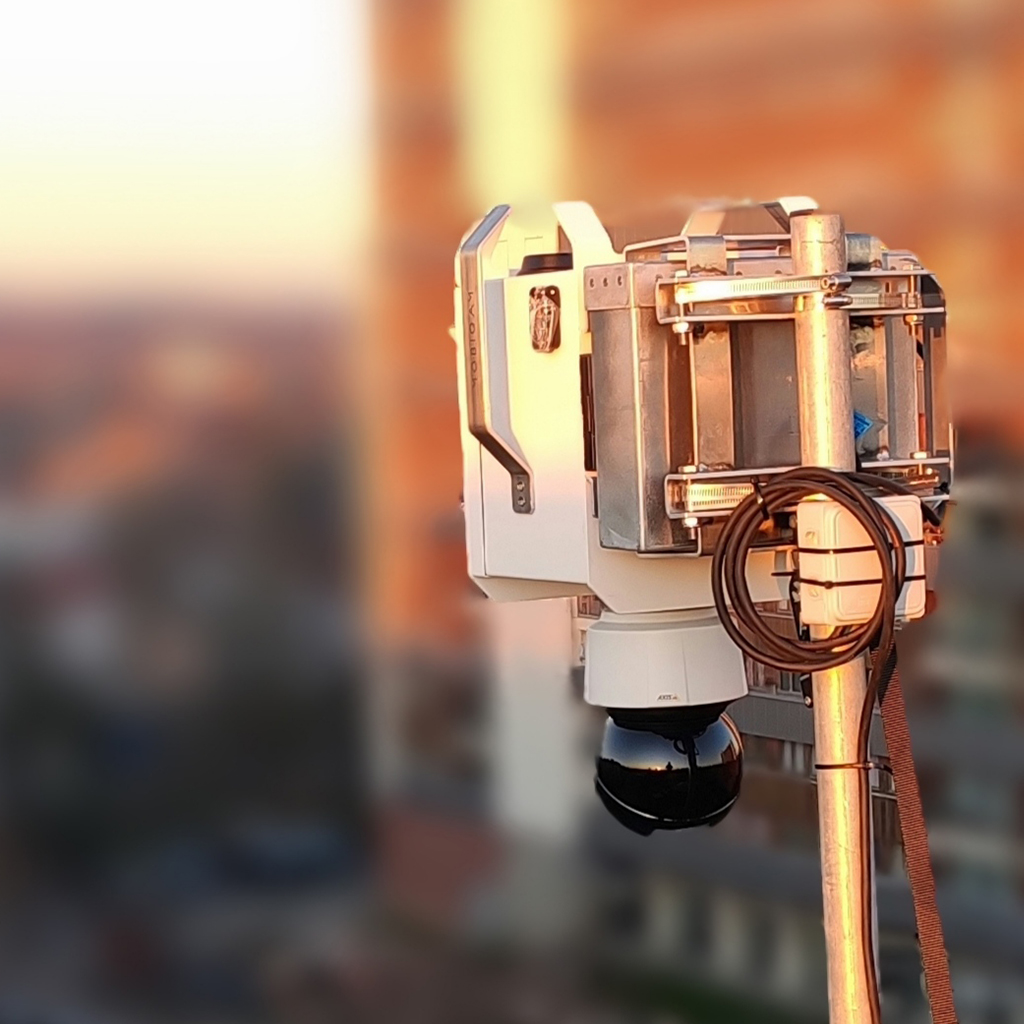
CCTV video surveillance
CCTV stands for Closed-Circuit Television, and is the most commonly used video surveillance system.
A CCTV system essentially consists of a set of strategically placed cameras, which capture and transmit images to a video management system, which records and displays these images.
As a closed system, only a limited number of people have access to the images: system owners, security guards and police authorities (in the event of a crime).
The main purpose of video surveillance is to monitor certain areas - which may be public or private - to maintain and ensure the safety of the area, prevent illegal activity, protect property and deter intruders.
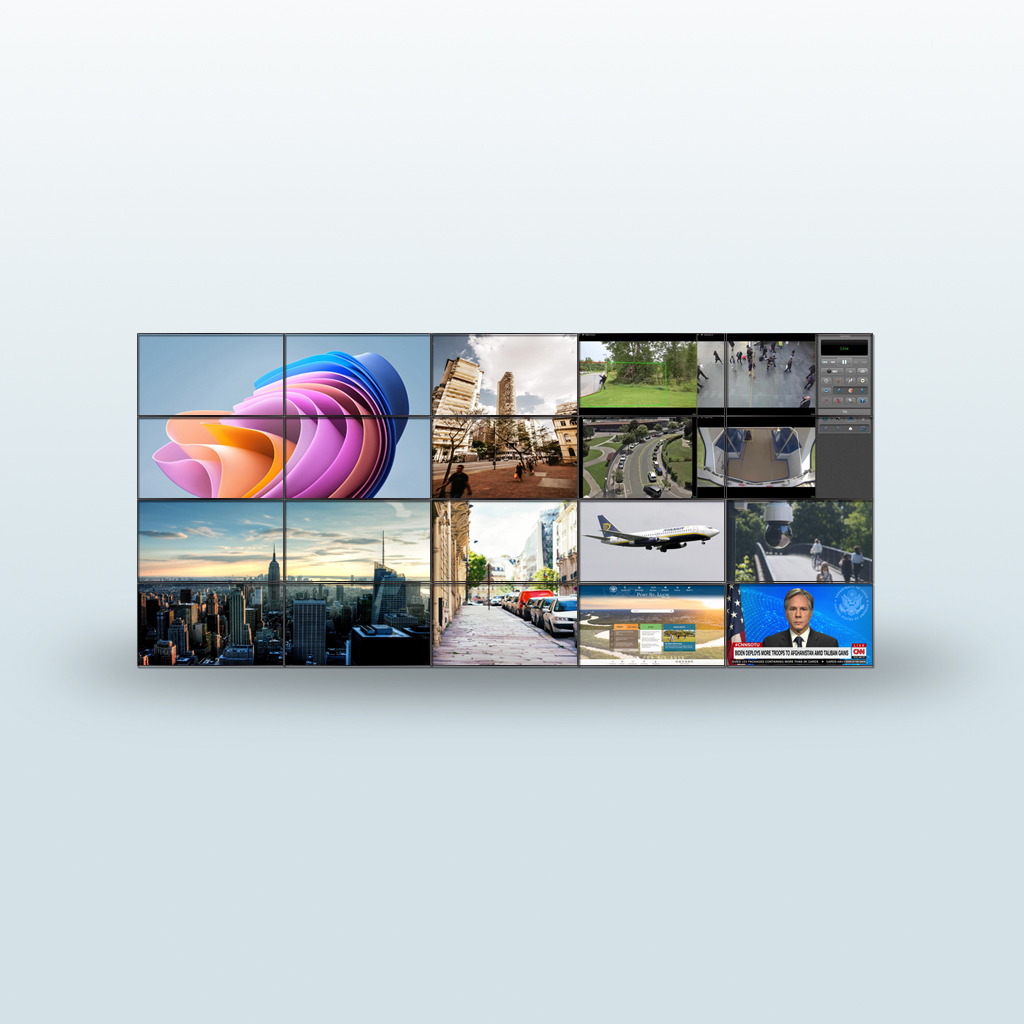
Video screen wall
A video wall is a large viewing surface made up of several screens. Originally, video walls were made up of several TVs or monitors placed side by side. The aim was to create the illusion of a single large surface. However, this system presented a major problem: the large frames that encircled the viewing surface of each TV set. As a result, the originally desired single canvas was cut out, which was detrimental to visual performance. New technologies were therefore developed to minimize the "empty" (pixel-free) space between the various screens.
Typical environments for these systems include control rooms, meeting rooms, digital signage and other demanding environments.
Want to start a project? Get in touch with us!
If you can't find the answer to your question, don't leave us in any doubt. We'll get back to you as soon as possible.

